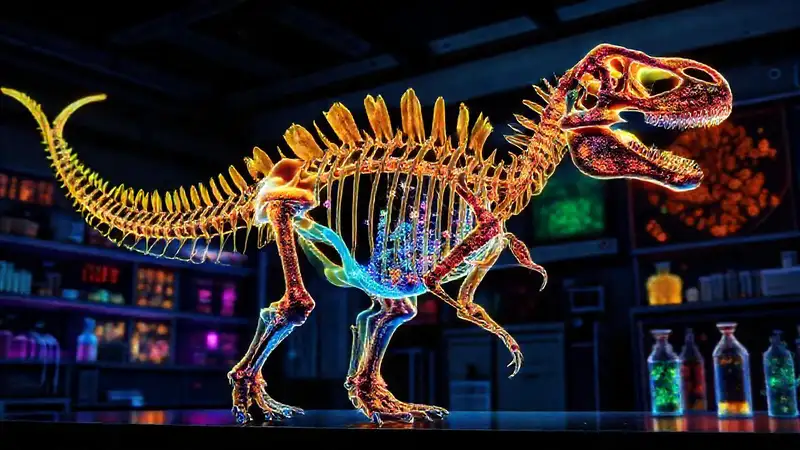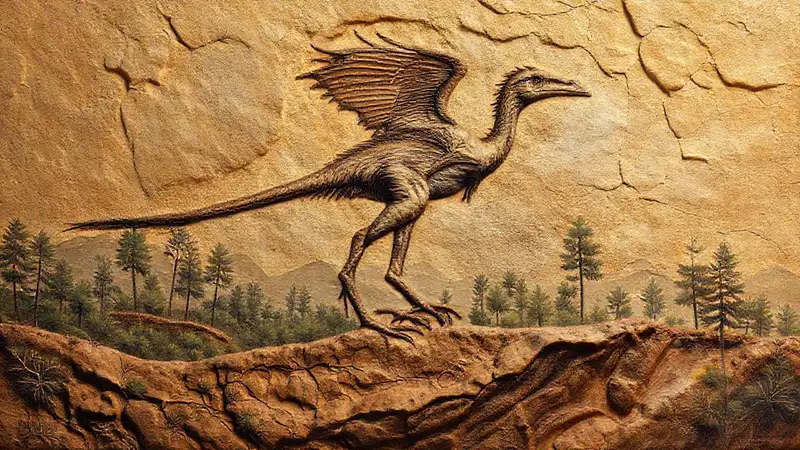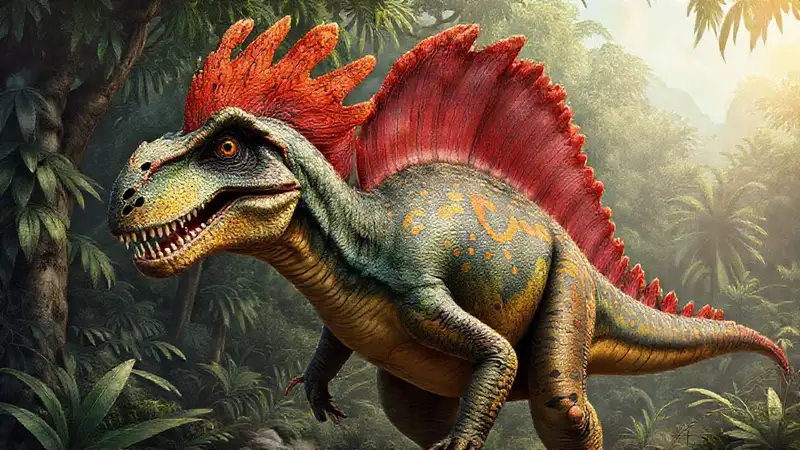The fossil record offers a remarkably detailed, though incomplete, picture of ancient life on Earth. Studying dinosaurs like Brachiosaurus, one of the largest land animals ever to have existed, provides invaluable insights into past ecosystems and evolutionary processes. However, a major gap in our understanding remains: what exactly did these behemoths eat, and how did they process that food? Recent advancements in paleoproteomics and metagenomics are opening new avenues to explore this question, specifically through analyzing the potential remnants of their gut microbiome. The idea of reconstructing the microbial communities that thrived within a dinosaur’s digestive system is surprisingly revolutionary, potentially unlocking secrets about digestion, metabolism, and even the impact of giant herbivores on ancient plant communities.
Understanding the role of the gut microbiome is crucial, not just for dinosaurs, but for comparative biology and even modern human health. The unique challenges of digesting massive quantities of vegetation—particularly fibrous plants—necessitated highly specialized microbial communities. By examining these ancient microbial signatures, we can gain a nuanced perspective on how evolutionary pressures shaped both animal physiology and microbial ecology, providing a bridge between the past and the present. This research promises to offer a truly novel way to investigate animal adaptations.
Fossil Evidence and Dietary Reconstruction
Traditionally, scientists have relied on tooth morphology, fossilized stomach contents, and stable isotope analysis to infer Brachiosaurus's diet. However, these methods often provide only indirect evidence. The teeth of Brachiosaurus were relatively simple, lacking the complex shearing structures found in herbivores that specialize on tougher vegetation. Stomach contents, when preserved, are frequently fragmentary and degraded. Isotopes – specifically carbon and oxygen – within the bones can provide clues about the types of plants consumed, but this approach is still subject to interpretation and doesn’t reveal the specifics of the microbial processes involved. Analyzing the ancient bone matrix itself might yield fragments of microbial DNA, offering a more direct, though still challenging, window into the gut environment.
The sheer size of Brachiosaurus – estimated to reach 26 meters (85 feet) in length – would have required an extraordinary digestive system to efficiently extract nutrients from its diet. Researchers hypothesize that Brachiosaurus primarily consumed leaves from the tallest trees, such as conifers and cycads, likely spending a significant portion of its day browsing. Recent research even suggests it may have utilized a 'ripping' feeding strategy, stripping leaves directly from branches – a behavior which would further emphasize the need for a complex microbiome to break down the cellulose. Understanding this browsing behavior is crucial to building a complete dietary picture.
The Promise of Paleoproteomics
Paleoproteomics – the study of ancient proteins – offers a particularly promising technique for examining the gut microbiome of Brachiosaurus. Even after millions of years, some protein remnants, particularly microbial proteins, can be preserved within fossilized bone material. These proteins are incredibly fragile, but advanced mass spectrometry techniques allow scientists to identify and analyze them, even at extremely low concentrations. The identification of specific microbial proteins could reveal the types of bacteria present and potentially even their metabolic functions.
These ancient protein fragments aren't just ancient echoes; they carry biological information about the microbes' activities. For example, researchers could potentially identify enzymes involved in cellulose digestion or fermentation, providing direct insight into how the microbiome assisted Brachiosaurus in processing its plant-based diet. Furthermore, analyzing the amino acid composition of these proteins can offer clues about the overall metabolic landscape of the gut. This represents a shift from inferring diet to directly observing microbial activity.
Metagenomic Analysis: Decoding the Microbial Past

Metagenomics – the study of genetic material recovered directly from environmental samples – is another increasingly powerful tool. Although directly extracting DNA from dinosaur fossils is exceptionally difficult and often destructive, researchers are developing new techniques for minimally invasive sampling, focusing on the bone matrix itself. By sequencing the DNA fragments recovered, scientists can identify the types of bacteria present in the gut microbiome. The sheer amount of genetic information within these samples can reveal a stunning diversity of microbial life.
Analyzing the metagenome can reveal not just which microbes were present but also what they were doing. Researchers can identify genes involved in carbohydrate metabolism, nitrogen fixation, and other vital processes. This level of detail offers an unprecedented glimpse into the functional capabilities of the ancient microbiome. It’s like having a snapshot of the microbial ecosystem that thrived within the Brachiosaurus's digestive system, allowing us to understand the interconnectedness of the animal and its microbial partners.
Challenges and Future Directions
Despite the exciting potential, studying the gut microbiome of Brachiosaurus faces significant challenges. Fossilization is a destructive process, and the preservation of organic material – particularly microbial DNA – is rare. The age of the fossils also poses difficulties, as DNA degrades over time. Developing improved extraction and sequencing techniques, along with refining analytical methods, are crucial steps forward. Furthermore, comparing the Brachiosaurus microbiome with that of modern herbivores can provide valuable contextual information and help to interpret the ancient data. Exploring techniques like biomarkers, identifying specific molecules unique to these microbes, could dramatically improve the accuracy of our reconstructions.
Conclusion
The prospect of reconstructing the gut microbiome of Brachiosaurus is not merely an academic exercise; it represents a fundamental shift in how we approach the study of extinct animals. By leveraging the combined power of paleoproteomics and metagenomics, we can move beyond speculative dietary reconstructions and gain a direct understanding of the microbial communities that shaped these magnificent creatures. This research offers a unique opportunity to illuminate the intricate relationships between animals and microbes, a relationship that has driven evolution throughout the history of life on Earth. Ultimately, unlocking the secrets of the Brachiosaurus gut microbiome will not only deepen our knowledge of this giant dinosaur but also provide valuable insights into the evolution of digestive systems and microbial ecology.





Deja una respuesta